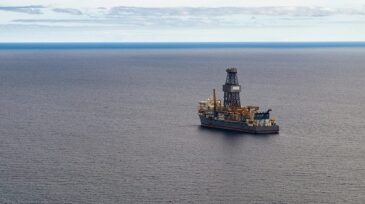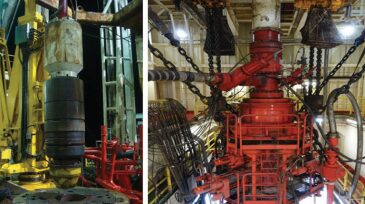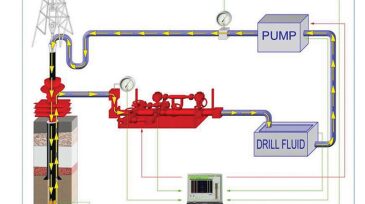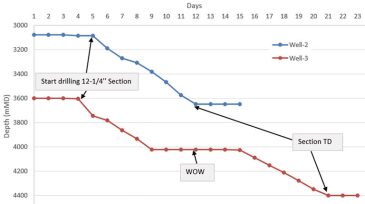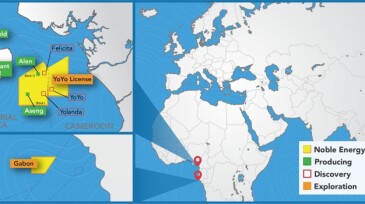Drilling
Westwood Energy analysts suggest operators have an opportunity to secure rigs at lower rates for their 2027 drilling programs.
The Essington-1 well is the first discovery in the Otway since 2021.
Ranger acquires American Well Services for $90.5 million, adding 39 workover rigs and boosting its fleet by 25%.
-
Thirteen companies placed bids on 18 blocks in the Austral, North Argentina, and Malvinas West basins as part of Argentina’s first open bid round for offshore acreage in more than 20 years.
-
The discovery will be tied back to the 775-MMcf/D Energean Power FPSO, advancing Israel’s aim of becoming a regional gas supply hub.
-
Conventional oil and gas discovered resources in 2019 are on pace to rise 30% from last year and reach their highest level since the beginning of the industry downturn. Here, a recap of the first quarter's 15 biggest oil and gas discoveries, which altogether are propelling the increase.
-
Colombia now counts Repsol, ExxonMobil, Shell, and Noble Energy as companies committed to exploration in its portion of the Caribbean Sea.
-
Noble’s farm-in to blocks recently awarded to Shell marks the Houston-based independent’s entry into Colombia, where the government hopes to boost offshore exploration.
-
The laboratory will be used primarily to test the sulfide stress cracking resistance of carbon steel alloys for oil wells and offshore drilling applications.
-
This paper discusses the successful application of managed-pressure drilling (MPD) in the basin with reduction in risks and well costs.
-
This paper describes the drilling of high-pressure/high-temperature (HP/HT) deepwater wells through an ultranarrow pore-pressure fracture gradient (PPFG) window by means of technology application and strict procedural control.
-
This paper discusses how managed-pressure-drilling (MPD) technology led to cost savings in two wells drilled in the Hai Thach gas field offshore southern Vietnam.
-
Noble’s first row of wells in its massive Mustang project is helping increase the operator’s DJ Basin output, and similar results are soon expected in the Delaware Basin.






